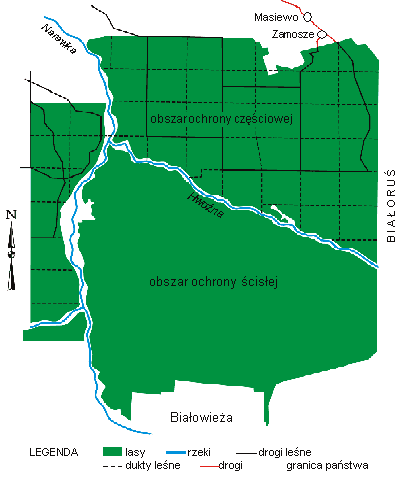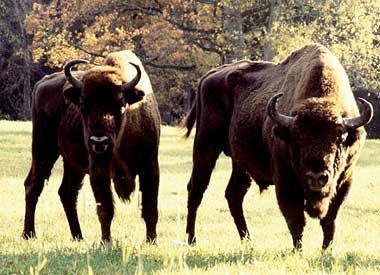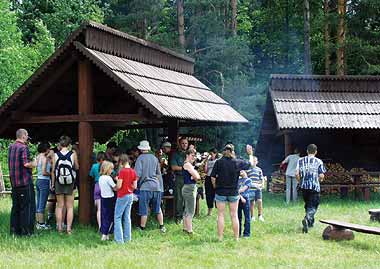|
Białowieża National Park |
|
|
obszar ochrony częściowej - area under active protection Białoruś - Belarus |
The Białowieża Primeval forest is the last patch of natural lowland forest – a jewel among the primeval forests of Europe.
The forests here have retained their natural character and quite complex structure. The most valuable part of the Polish portion is the area of the Białowieża National Park (Białowieski Park Narodowy) – the oldest national park in Poland (first established in 1921). More than 50 various plant communities are found there, with the most characteristic being a multi-species oak--hornbeam-lime wood with maple, spruce, ash and elm admixtures. The number of plant species occurring in the Park is amazing: e.g. 1 000 vascular species and 250 species of mosses. Among the former there are 26 tree species and shrub species. Most of these are native species, often rare, being the relicts of primary forests. Fungi are represented by 3 000 species including 450 mushrooms. Animal wildlife is represented by more than 15 000 species (most of them insect species). Among the mammalian species, the best known is the European bison (wisent) – an emblem and pride of the Park. |


